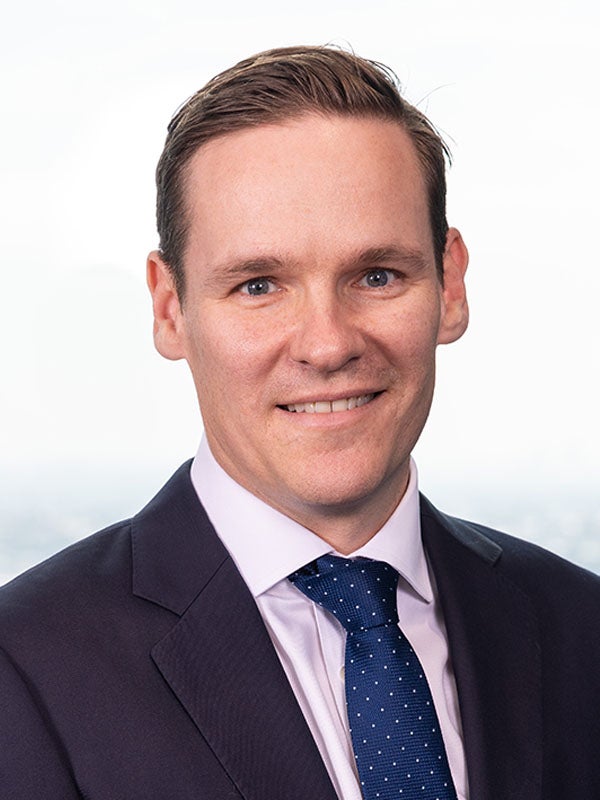
“How do you do EM?” was a question put to us by an institutional investor at a conference recently. It’s a short question that could entail a very long answer. Certainly longer than a pre-dinner conversation. It made us realise that in previous writings we have discussed portfolio holdings, which provides some insight into our thinking, but we have not so much discussed our broader process.
Global emerging markets are an eclectic universe – 3,000 listed investible companies across 24 countries, with each of those countries going through their own phase of economic development and shorter-term economic cycles. How do we compare a company operating in Korea where the population is ageing and GDP per capita is $33,000 to another company in South Africa with a growing population and GDP per capita of $6,500?
The short answer is that we are bottom-up, fundamentals focused investors. We look at individual businesses and industries based on three distinct criteria: value, quality and change. To enable us to narrow our focus to the ideas most likely to have the highest positive impact on the portfolio, we focus on those companies that intersect across:
- the areas of change we see in the market today;
- where our analysts with expert industry knowledge believe they see the best opportunities; and
- what is screening well from our in-house quantitative screen.
Having our own screen acts as an ‘independent analyst’ that can lead us in the direction of new ideas matching our fundamental criteria (while also questioning our existing holdings). That quantitative, bottom-up screen has the side-benefit of generating useful information for country allocation.
Our country ranking process
We use this proprietary tool to distil the intimidatingly large initial emerging markets universe and focus our bottom-up research efforts on where we will likely uncover the highest impact ideas for the portfolio.
When each company in our investible universe is allocated a value, quality and change score, we can sum these up to a score at the country level. In a universe where country allocation is critical*, this is valuable information to analyse. To visualise this, we have generated a heat map of which countries are screening well and could offer more attractive investment opportunities compared to those that we should avoid. We use this tool to question and cross-check the country allocation for our global emerging markets portfolio.
Highlighting the attractive investment opportunities in emerging markets today^

^ USA is highlighted as a proxy for China Offshore which we define as Chinese listings in Hong Kong and US listed ADRs. Source: Maple-Brown Abbott, mapchart.net. 1 April 2024.
What stands out here to us is the strength in Latin America (where the portfolio has the largest active positions) and Eastern Europe. The surprises for the casual emerging markets observer might be the poor scores for India as well as China Onshore (i.e. the A share market) and China Offshore (HK and US listed Chinese companies). Shouldn’t China be cheap after falling 60% over three years? And isn’t India booming?
The answers to those questions lie in breaking down the signals beyond the top level and looking at each of the value, quality and change metrics. Regarding India, we can see in the chart below that our change score (grey portion) points to strong fundamentals, but this is more than offset by an outlier in terms of very high valuations (small blue portion). That is similar to a simple price to earnings ratio where, according to Bloomberg, consensus has India on 23x next year’s earnings, compared to about 12x for the broader MSCI emerging markets. On China, the offshore market scores as reasonably cheap (more blue bar) but we would argue there are a number of more attractively valued countries across emerging markets today. For instance, again according to Bloomberg, Greece trades on less than 5x price to earnings, while China is still above 9x. More important than valuation alone is the direction of change. Corporate earnings in China continue to disappoint in aggregate, leaving China with one of the most negative change scores (thus a small grey bar). On the other hand, Greece is undergoing a renaissance in terms of its economy and corporate earnings and therefore has one of the highest positive change scores across the universe.
Bottom up company fundamentals for country allocation

Source: Maple-Brown Abbott, 1 April 2024.
While this is by no means the full answer to “How do you do EM?”, it does explain the first step of a multi-stage investment process and how we begin to focus on the highest impact ideas across regions for further analysis. We look forward to writing about the other stages of our process that drive us to stock-specific decisions representing our best investment ideas.
* https://www.msci.com/www/blog-posts/emerging-market-country/01633427946
Disclaimer
This information is prepared and issued by Maple-Brown Abbott Ltd ABN 73 001 208 564, AFSL. 237296 (‘MBA’) as the Responsible Entity of the Maple-Brown Abbott Global Emerging Markets Equity Fund ARSN 657 440 894 (‘Fund’). This article contains general information only, and does not take into account your investment objectives, financial situation or specific needs.
Before making a decision whether to acquire, or to continue to hold an investment in the Fund, investors should obtain independent financial advice and consider the current Product Disclosure Statement and Target Market Determination (TMD) or any other relevant disclosure document which are available at maple-brownabbott.com/document-library or by calling 1300 097 995.
Any views expressed on individual stocks or other investments, or any forecasts or estimates, are not a recommendation to buy, sell or hold, they are point in time views and may be based on certain assumptions and qualifications not set out in part or in full in this document. Information derived from sources is believed to be accurate, however such information has not been independently verified and may be subject to assumptions and qualifications not described in this document. To the extent permitted by law, neither MBA, nor any of its related parties, directors or employees, make any representation or warranty as to the accuracy, completeness, reasonableness or reliability of this information, or accept liability or responsibility for any losses, whether direct, indirect or consequential, relating to, or arising from, the use or reliance on this information. This information is current as of 26 April 2024 and is subject to change at any time without notice.
© 2024 Maple-Brown Abbott Limited.





